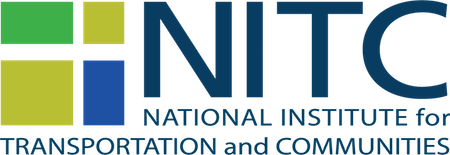 |  |  |

University of Arizona
Philip Stoker is an Assistant Professor of Planning and Landscape Architecture in the College of Architecture, Planning and Landscape Architecture. Philip holds a Ph.D. in Metropolitan Planning, Policy, and Design from the University of Utah where he completed his thesis on urban water use and sustainability. His academic foundations are in ecology, planning, and natural resource management. He has conducted environmental and social science research internationally, including work with the World Health Organization, Parks Canada, the National Park Service and the Vancouver 2010 Olympic Games.
